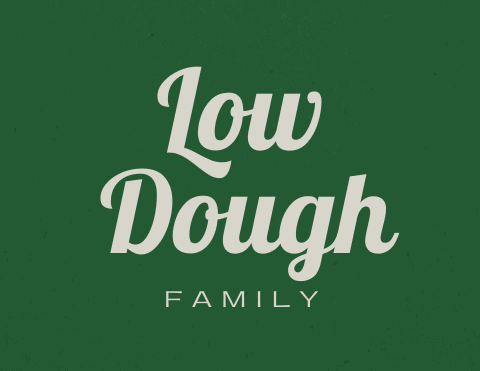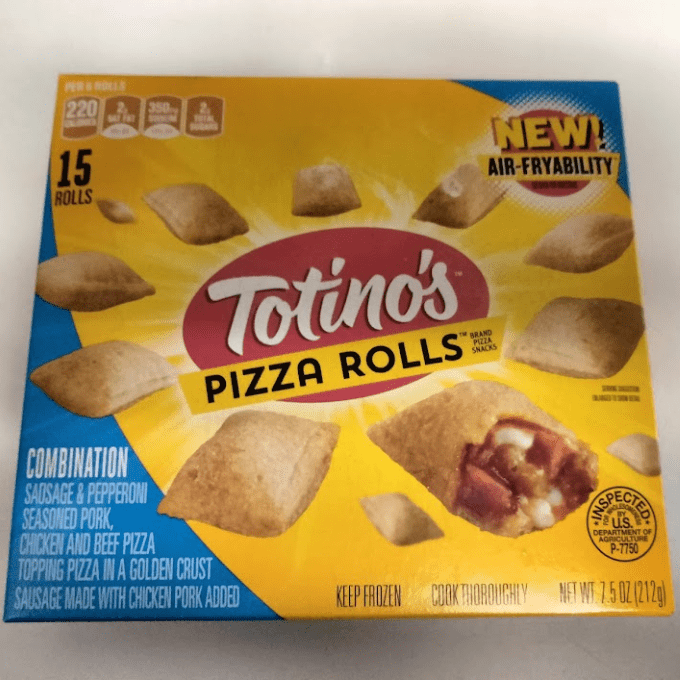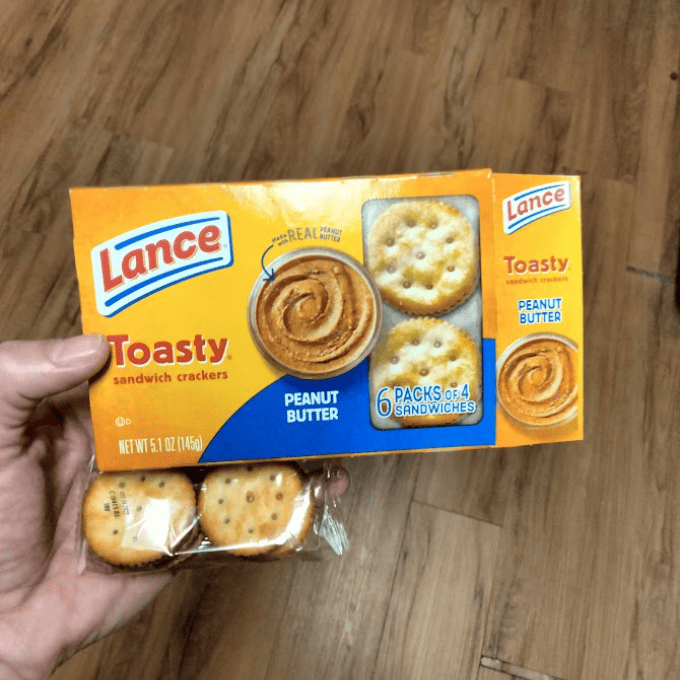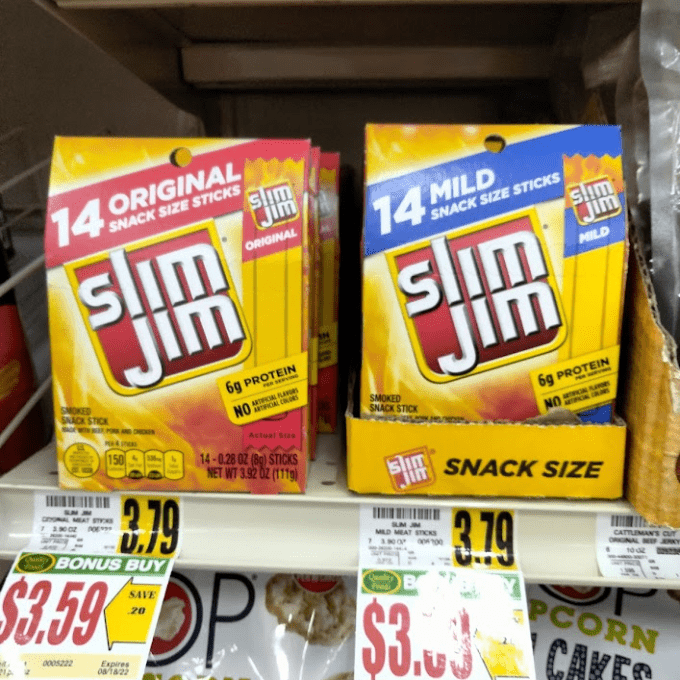What happens if you eat expired Breadcrumbs?
Breadcrumbs are a pretty normal pantry staple in most homes that cook a lot. We use them in meatloaf, breaded porkchops, and even in our homemade hamburgers. (I swear they help keep burgers from falling apart while cooking!) Breadcrumbs are relatively cheap to buy in bags or canisters and sometimes they go on sale too, so it’s easy to stock up on them.
The odds of using up a lot of breadcrumbs before they expire will depend on how often you use them. It’s good to know that in general, eating old or expired dried bread crumbs will not make you sick. Let’s dig deeper and go over exactly what you can expect from old breadcrumbs, what happens if you eat them, and how to tell if they have gone bad.
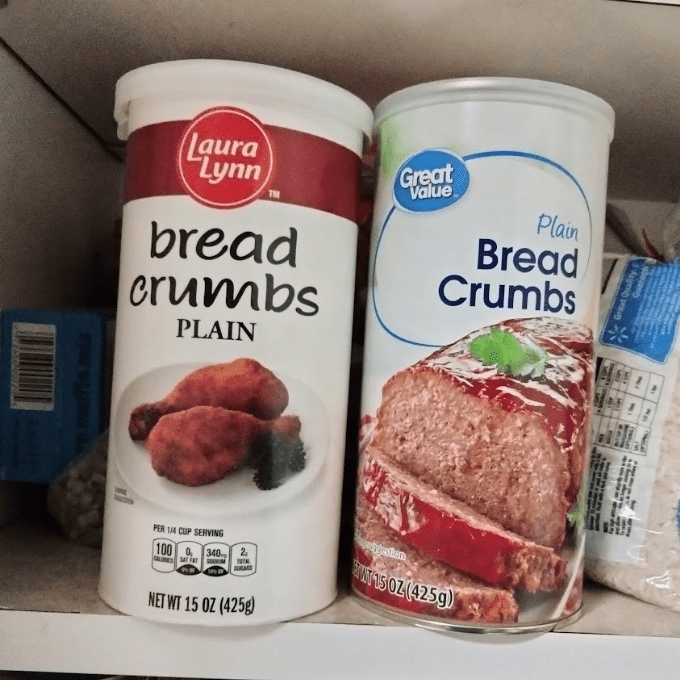
What happens if you eat old breadcrumbs?
Most commercially made breadcrumbs are considered shelf stable. This is because of the way that breadcrumbs are made.
There are two main types of breadcrumbs that are sold in the US, and those are standard breadcrumbs and panko breadcrumbs.
Both types of breadcrumbs are made in similar but also very different ways. Typically, breadcrumbs are made in a factory that has a conveyor belt system that make very large and long sheets of bread.
Traditional or standard breadcrumbs are then baked which gives these long thin sheets a crust that turns golden brown. This leads to the golden-brown color of breadcrumbs and a very dry finished product.
Panko breadcrumbs are “cooked” without an oven, and their cooking process is similar to a long microwave with electrical shocks that cook the bread but don’t make a crust. The fact that there is no crust means that panko breadcrumbs are closer to an off-white color, are softer, and have an airy quality to them.
After the different breads are cooked, they are then ground into the breadcrumbs that you are used to seeing at the grocery store.
Typically, most bread crumbs last up to a year after they are made, but the real measure of how long they last is how they are stored. Once a container of breadcrumbs is opened, the breadcrumbs will start to degrade.
To stop the breadcrumbs from degrading, you need to keep them in an airtight container. Most of the canisters do a good job of keeping the breadcrumbs safe from moisture in the air. If you buy a bag of breadcrumbs, you may want to store it in a plastic Ziploc bag to keep them fresh and last longer.

Can expired breadcrumbs make you sick?
If you find a container of expired bread crumbs in your pantry that is still sealed, then the odds of them making you sick are slim to none.
If the package you want to use has previously been open, and you use them to make something like Fried Green Tomatoes, the odds of getting physically sick is still really low.
Whether the bought breadcrumbs have extra flavorings added may make a little bit of difference to this, but overall most breadcrumbs just have added seasonings, preservatives, and salt. None of these would make you sick.
Breadcrumbs that are stored in an airtight container at room temperature can easily last 6 months past the expiration and still be safe to eat.
How to tell if breadcrumbs have gone bad?
There are three main ways to tell if breadcrumbs have gone bad: taste, smell, and texture. I’m not a huge fan of tasting breadcrumbs because I usually use plain crumbs and they really have no taste. The taste is kind of like crumbs you find on a plate after you make a sandwich. To me taste is not really a definite answer.
The next option is to give the breadcrumbs a smell. Unlike stale bread that has a slightly sweet smell, stale breadcrumbs actually have very little smell at all. Fresh breadcrumbs have a slight toast smell. So, if your package of breadcrumbs has no real smell at all then they are probably stale.
Now if you take a sniff of your breadcrumbs and they smell sweet or rancid, this is a sign that your breadcrumbs are growing mold or bacteria. This means that at some point your breadcrumbs have gotten moisture or have had a foreign object introduced to them.
Foreign object? What? This is what happens when you pour a big bowl of breadcrumbs to make a dish and don’t use them all. Do not put the breadcrumbs back into the container to use later!
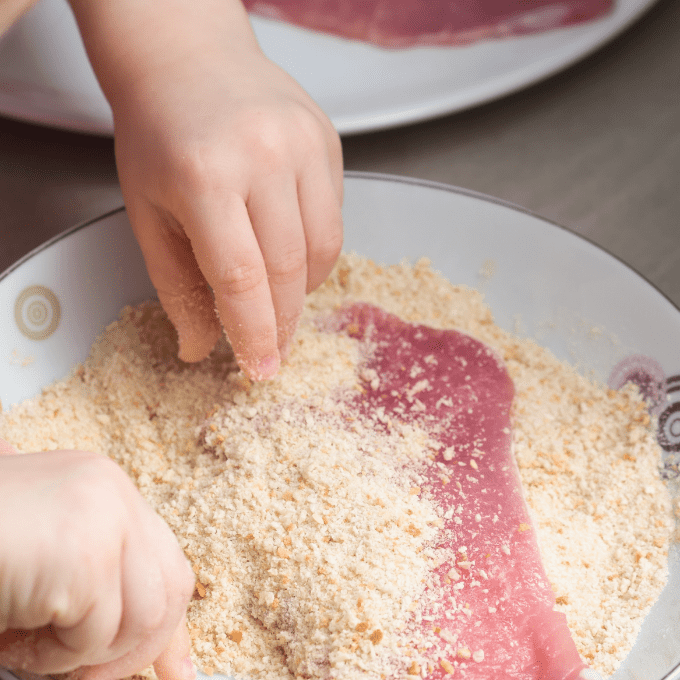
Every time you use breadcrumbs, start with a small amount and add more if needed. Once you pour breadcrumbs out to use, any breadcrumbs left over need to tossed in the garbage.
Re-using breadcrumbs from one dish to another is called cross contamination. Every time breadcrumbs touch something organic like meat or vegetables it picks up particles. These particles will then start to rot and grow mold or bacteria that can lead to food poisoning.
Now you may be wondering how these first two tests are helpful, in reality they are not super helpful because they are so subtle. Stale breadcrumbs are still fine to use because typically breadcrumbs add crunch and texture to your finished dish and are less about taste or smell.
The ultimate test to see if breadcrumbs have gone bad is to look at their texture. Are they sticky, moist, or clumping? These are all signs that your breadcrumbs have started growing mold or bacteria. Do not use breadcrumbs that seem moist in any way.
Eating mold or bacteria from breadcrumbs can cause vomiting, upset stomach, or diarrhea. The level of food poisoning will depend on how much mold and bacteria have grown.
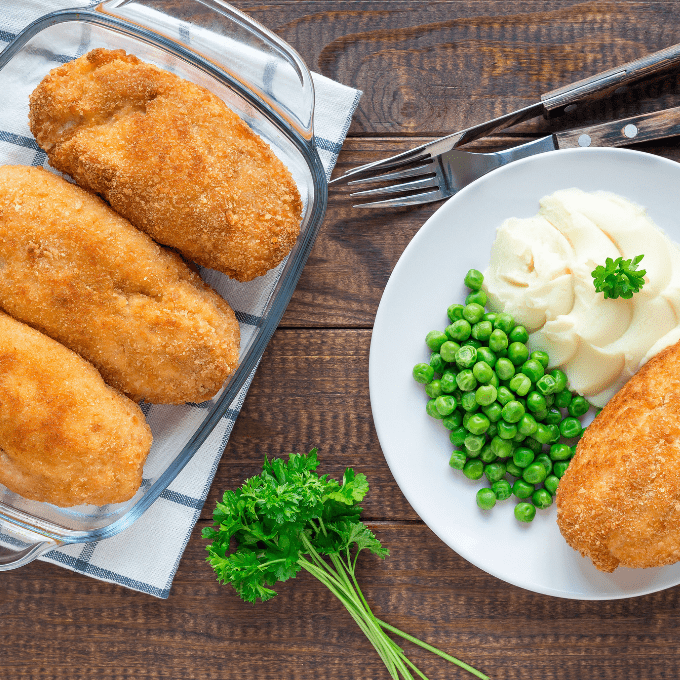
Is it safe to eat expired breadcrumbs?
As a general rule of thumb, expired breadcrumbs will just taste stale past the expiration date. If they are stored properly, there is no reason you can’t use them.
If the breadcrumbs are moist or smell bad, this is a sign that the breadcrumbs are growing mold or bacteria, and you will want to toss them in the trash or compost bin.
If you want to save money on breadcrumbs, you should try making your own! All you need is stale or old bread and a food processor. (If you don’t have any stale or old bread, you can just toast the fresh bread!)
Making your own breadcrumbs is so much cheaper than buying them, and you will end up with a healthier product. Most commercially made breadcrumbs have lots of added preservatives and sodium to extend the shelf life.
Plus making your own breadcrumbs means you can cut down on food waste. Instead of throwing the heels (end pieces) of your loaf bread thrown them in a plastic bag and put them in the freezer.
Pro Tip: you can store bread in the freezer for months and use it later in many things, like making garlic bread! Check out more about garlic bread, in this article “What happens if you eat expired garlic bread?
Whenever I need breadcrumbs for meatloaf, I pull a couple pieces of frozen bread out and let them sit on the counter to defrost while I get all my ingredients together. Once defrosted, I toast them on low in the toaster to get some crunch and then put them in a food processor.
As the bread gets torn into a million bits, I can throw in some seasonings or fresh herbs to flavor the breadcrumbs anyway I want. Not only does making homemade breadcrumbs this way save me money by not buying them, but it also keeps me from throwing money in the garbage can.
I could have thrown those end pieces of sandwich bread away and instead I gave them new purpose! Lately I am on a mission to use up all the food that we buy so we have very little waste. This is helping me save money and it is also making me more aware of other ways to use up food that most people throw away (myself included)!
For other fun ways to use up products that some people throw out, check out “Frugal Food: Pickle Juice (60+ uses in food & drinks!). You will be totally surprised at all the cool ways you can use pickle juice instead of tossing it when the pickles are gone!
